Early Medieval: Power and Politics
This period saw the evolution of what was essentially a nation of warlords, whether Romano-British or Anglo-Saxon, into a country organised into distinct kingdoms. Eventually the individual kingdoms were unified under the Kings of Wessex into the kingdom of England.
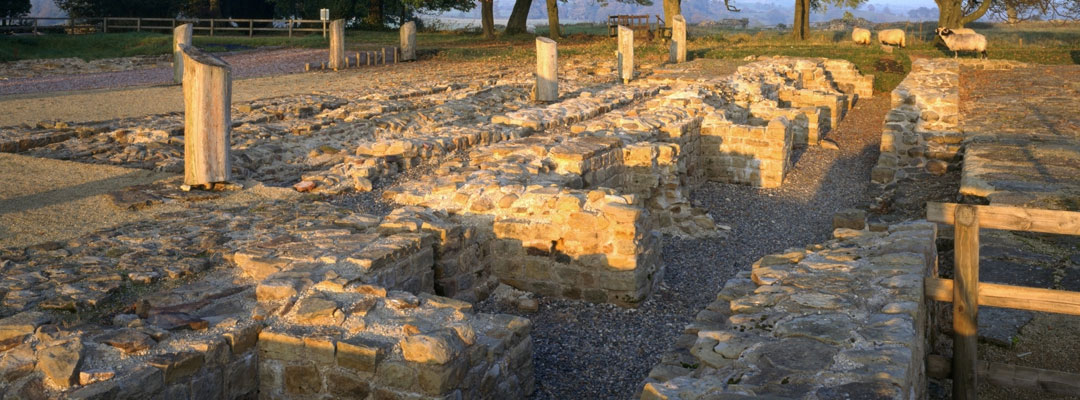
WARLORDS AND ANCESTRY
The authority of the early warlords was a direct product of success in battle. But the Britons, at least at first, claimed legitimacy as the successors of Rome and the champions of Christianity, as well as the heirs of noble ancestors.
The Anglo-Saxons were similarly obsessed with ancestry. Their leaders boasted of descent from pagan gods, generally Woden. None but the ‘Woden-born’ could hope to exercise major power.
Most of their early leaders headed small groups only. To attain greater power, such leaders needed a reputation for courage or cunning as well as a respectable ancestry. They especially needed to be able to distribute costly presents to their followers.
KINGDOMS AND HIDES
The most successful rulers were those who welded small groups of peoples into kingdoms, eventually resulting in the larger ‘Anglian’ realms of Northumbria, Mercia and East Anglia, and the ‘Saxon’ kingdoms of Wessex, Essex and Sussex.
Particularly powerful rulers were remembered for achieving overlordship, reflecting the supremacy of their kingdom over others. The names of many of their subsumed peoples are recorded in the ‘Tribal Hideage’, probably compiled before the Viking wars of the later 9th century. To each people was assigned a notional number of ‘hides’, the amount of land considered necessary to support a single household, and the basic unit of taxation and government.
WAPENTAKES AND THE WITAN
Groups of nominally 100 households met to deal with local affairs at ‘hundred courts’, assembled at a well-known place: a hilltop, perhaps, or a standing stone or landmark like Grimshoe Mound at Grime's Graves, Norfolk. In the Scandinavian-settled Danelaw, these ‘hundreds’ were called wapentakes. As Domesday Book would later show, the Danelaw contained far more freemen than English England, the latter having a far greater proportion of bondmen and even slaves.
Hundreds were further grouped into shires governed by royally appointed ealdormen. In the north, the huge shires of Yorkshire and Lincolnshire were divided into three ‘thirdings’ (later ‘Ridings’), each defining an area in which a portion of the Danish Great Army had settled.
Ealdormen would attend the king’s council, sometimes called the Witan, meaning ‘men of knowledge’. Originally chosen from a ruler’s war companions, at its peak of influence under King Æthelstan (r.924–39) it included bishops and abbots as well as lay magnates and royal ministers from all over the land, Danes as well as English.
WEAKENING MONARCHY
The Witan retained the traditional right to elect monarchs from within the royal house, not always choosing the eldest son. Once elected, the king would be expected to accept its counsels or ‘redes’. His failure to do so gave King Æthelred (r.978–1016) his nickname the ‘Unready’ – not the unprepared, but rather the man who was ill-advised.
The disasters of Æthelred’s reign began a fatal weakening of the English monarchy. This was exacerbated by the division of the country by King Cnut (r.1016–35) into provinces governed by quasi-independent ‘earls’, many of Danish origin.
It was one of these, Harold Godwinson, who seized the throne after the death of Edward the Confessor in 1066, setting off the train of events which led to the Norman Conquest.
More about Early Medieval England
-
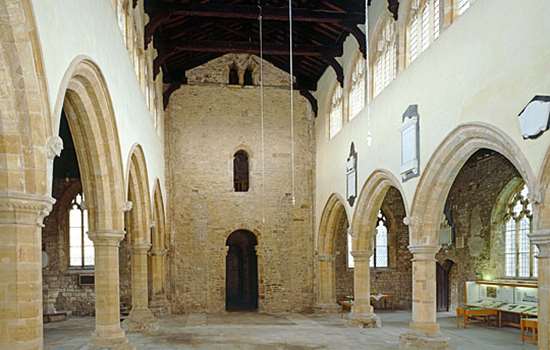
Early Medieval: Architecture
Most early medieval buildings were constructed mainly using wood, but this tradition left its mark on later stone-built churches.
-
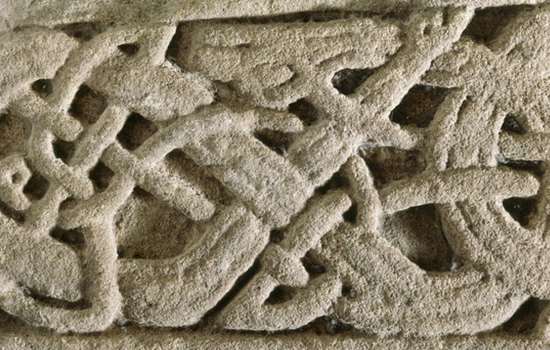
Early Medieval: Art
The early medieval period produced many examples of highly distinctive art of world-class significance.
-
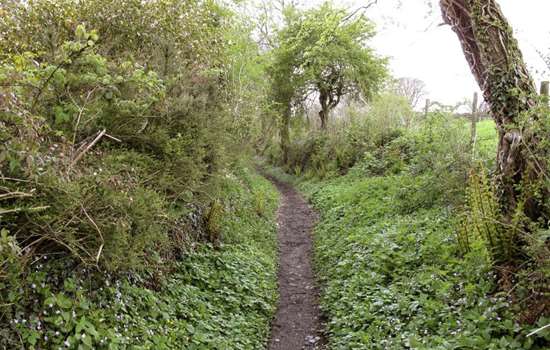
Early Medieval: Networks
Between the end of Roman rule and the arrival of the Normans, England's relationship with the wider world changed many times.
-
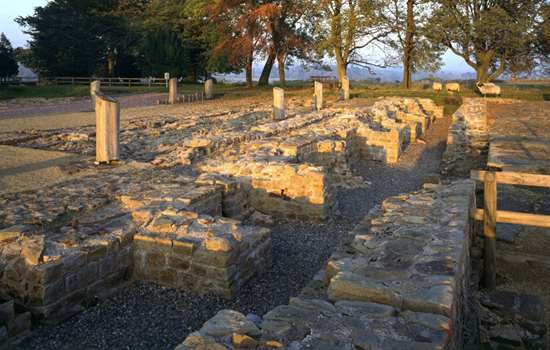
Early Medieval: Power and Politics
This period saw the evolution of a nation of warlords into a country organised into distinct kingdoms.
-
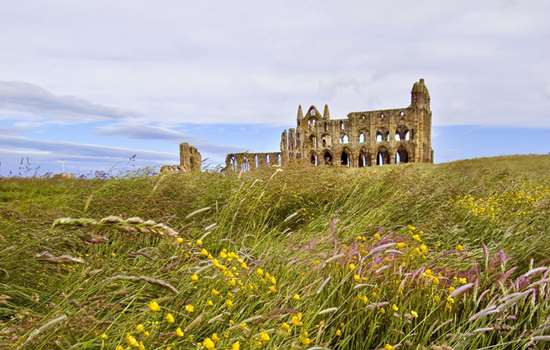
Early Medieval: Religion
Christianity in Britain tends to be associated with the arrival of St Augustine in 597, but it had in fact already taken root in Roman Britain.
Early Medieval Stories
-
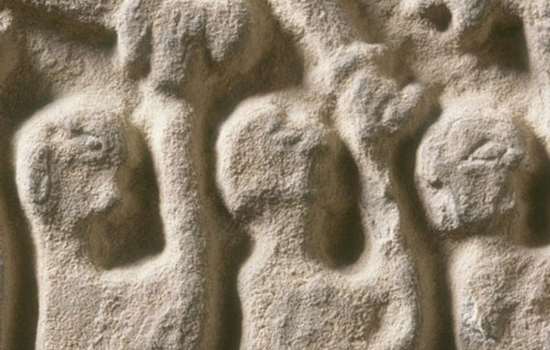
The Viking Raid on Lindisfarne
A devastating Viking attack on the church of St Cuthbert in 793 sent a shockwave through Europe. But how did a Christian community at Lindisfarne survive?
-
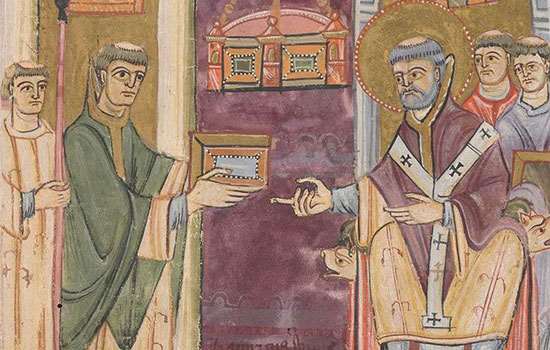
Who Was St Augustine?
In the late 6th century, a man was sent from Rome to England to bring Christianity to the Anglo-Saxons. But who was St Augustine, and how did his mission succeed?
-
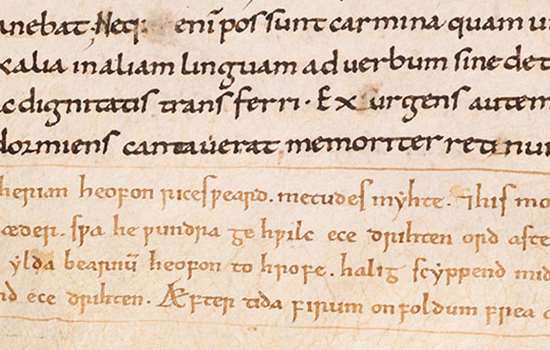
Caedmon, Whitby and Early English Poetry
How Cædmon’s poetic awakening, at the monastery that lies beneath Whitby Abbey, produced one of the first fragments of English verse.
-
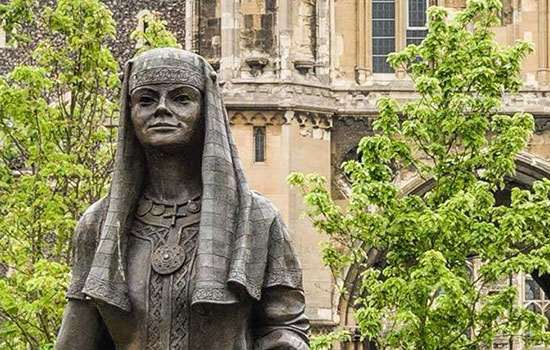
Queen Bertha: A Historical Enigma
In 597, St Augustine arrived in England to convert the Anglo-Saxons to Christianity. Virtually every modern description of this mission mentions Queen Bertha of Kent. But who was Bertha?
-
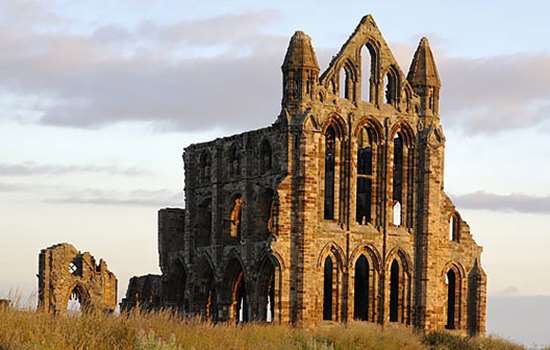
The Synod of Whitby and the Keys of Heaven
How a decision about the way in which the date of Easter should be calculated was a landmark in the history of Christianity in England.
-
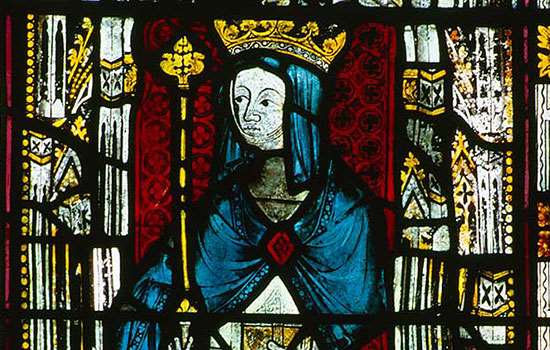
St Hild of Whitby
Hild is a significant figure in the history of English Christianity. As the abbess of Whitby, she led one of the most important religious centres in the Anglo-Saxon world.
-
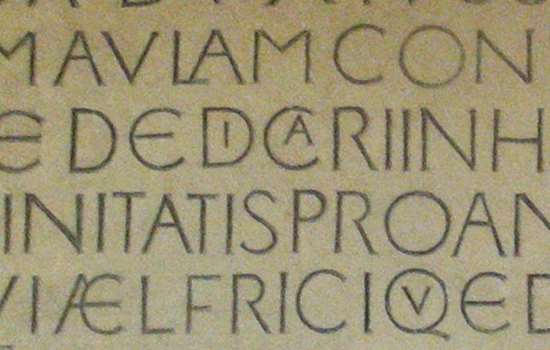
Two Happy Accidents Reveal Odda’s Chapel, Deerhurst
How the chance discovery of a chapel in Gloucestershire has proved crucial to our understanding of Anglo-Saxon architecture.
